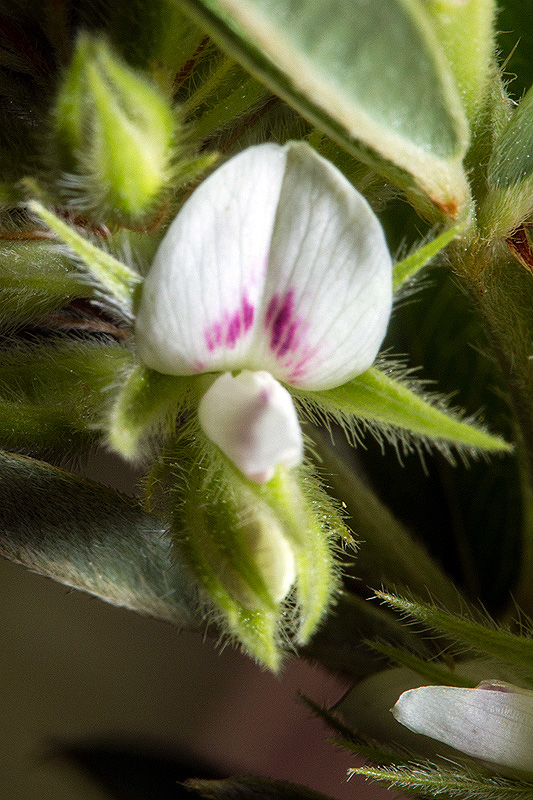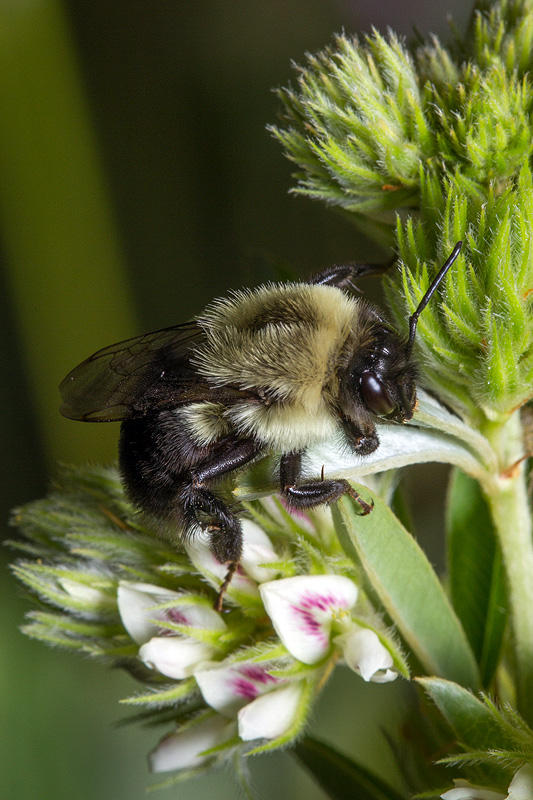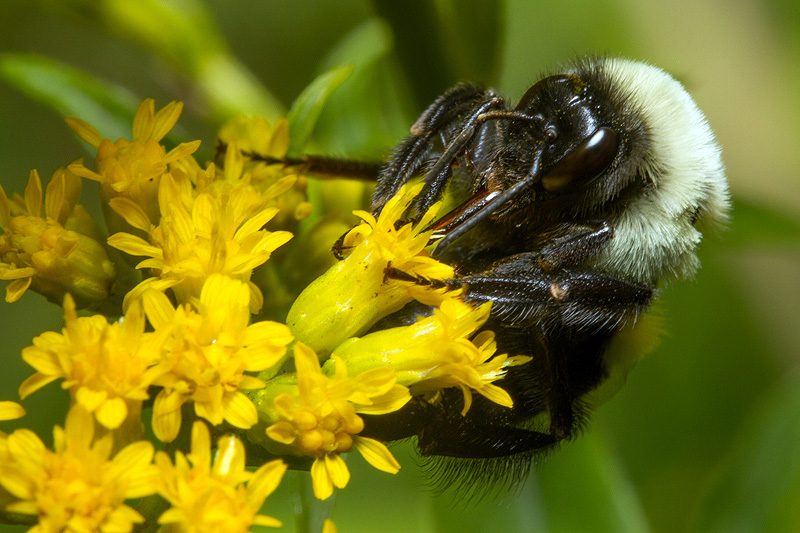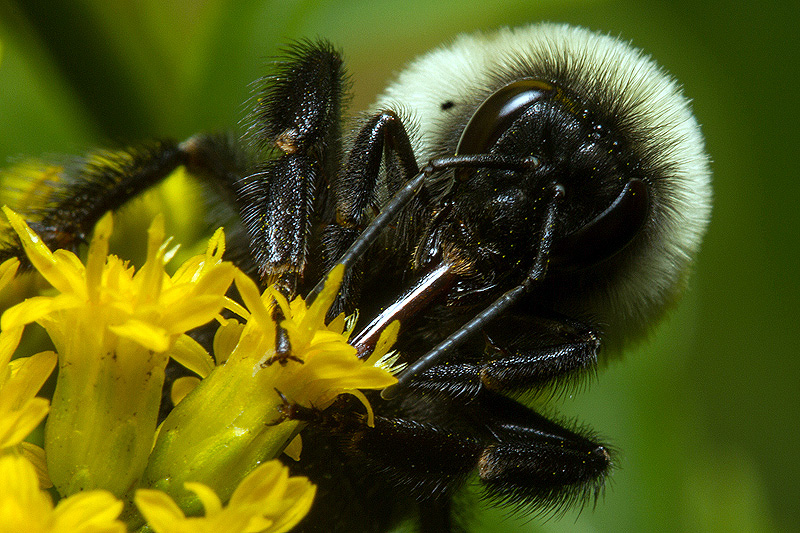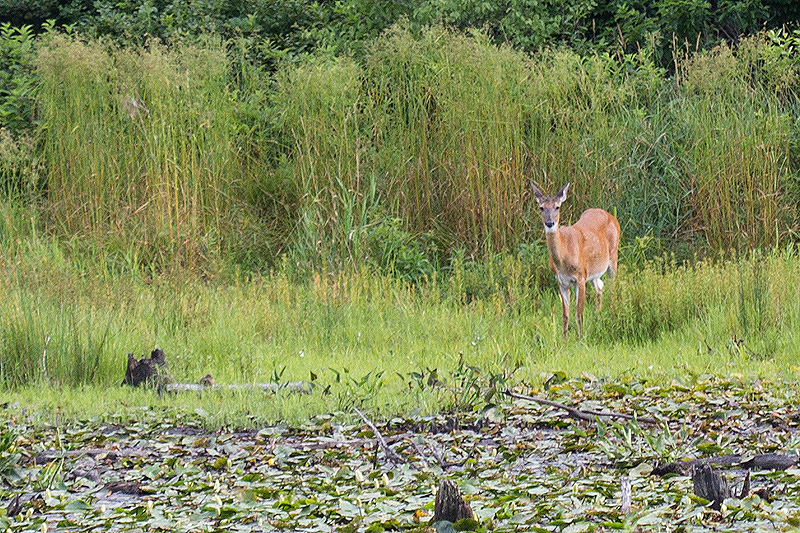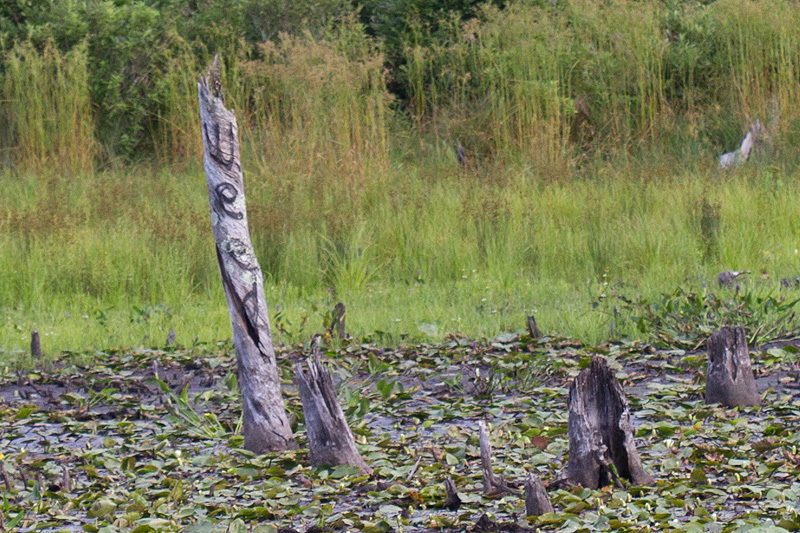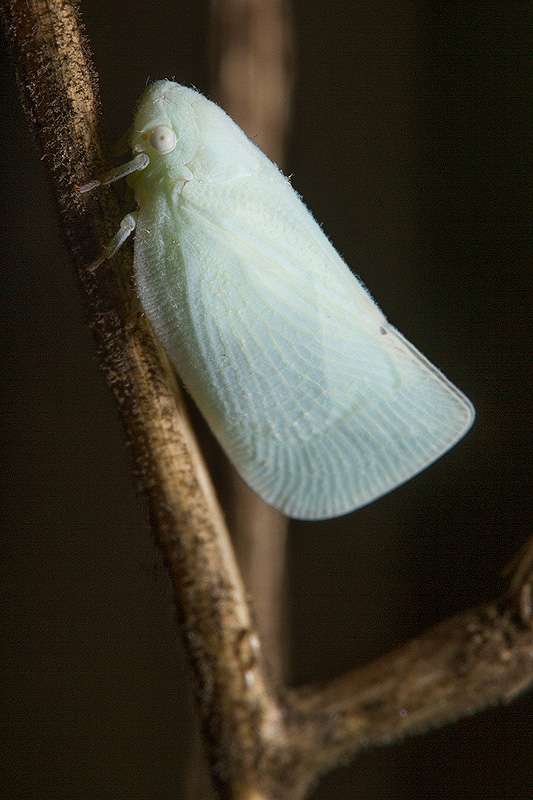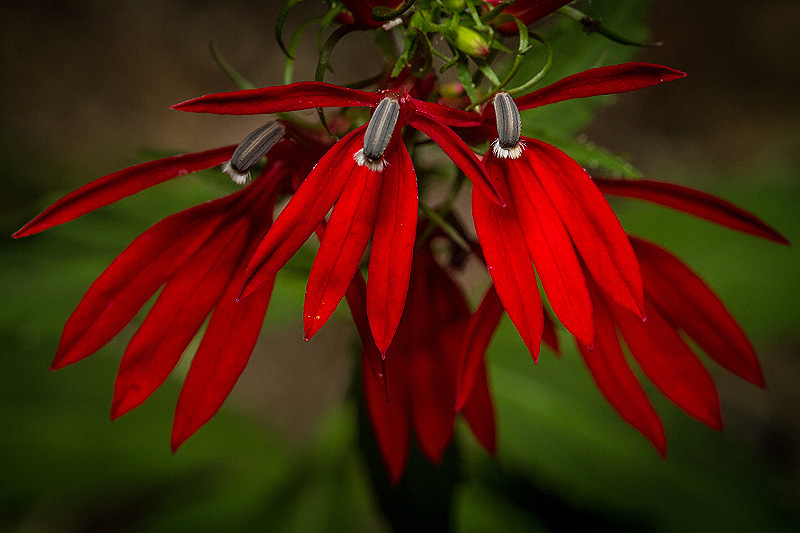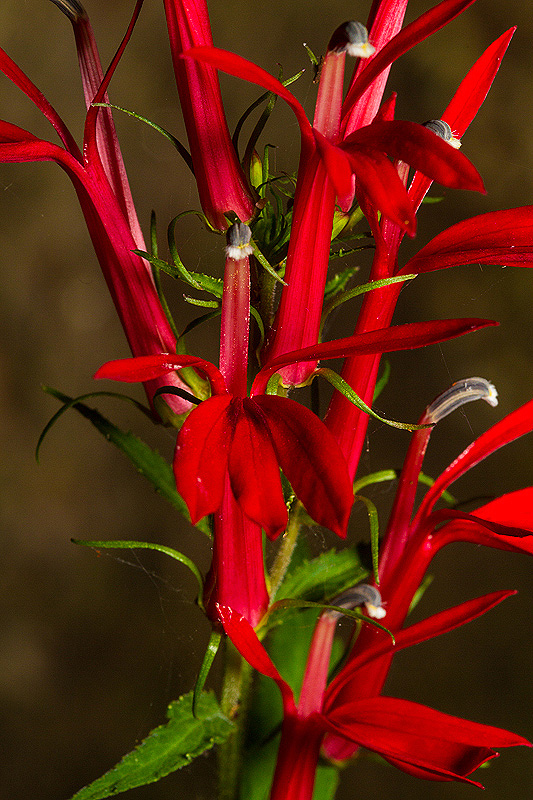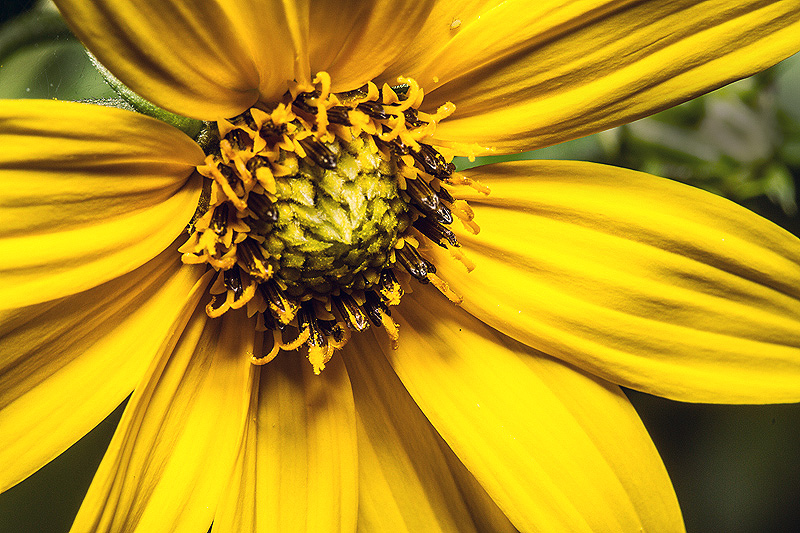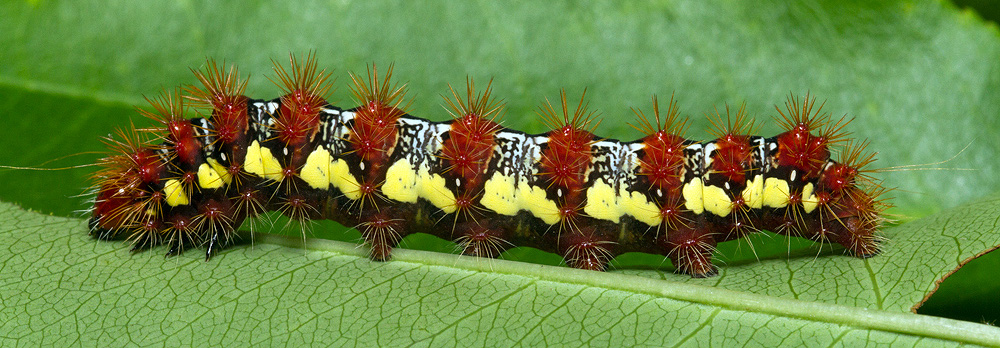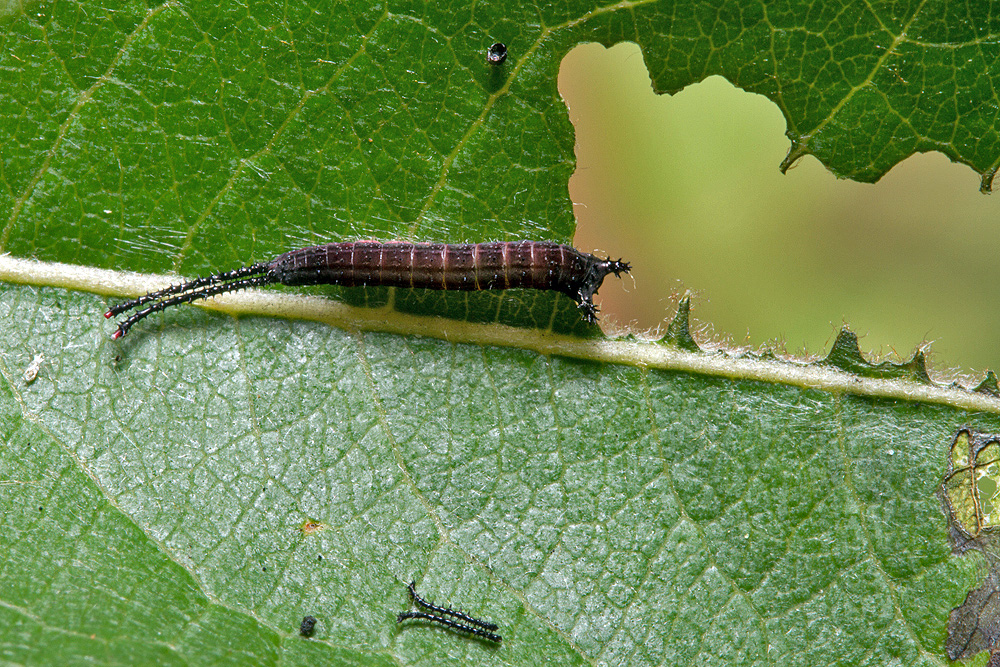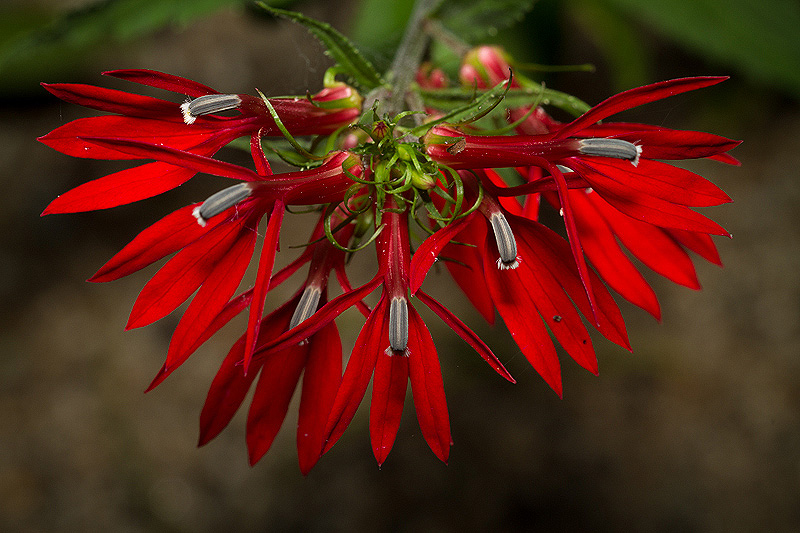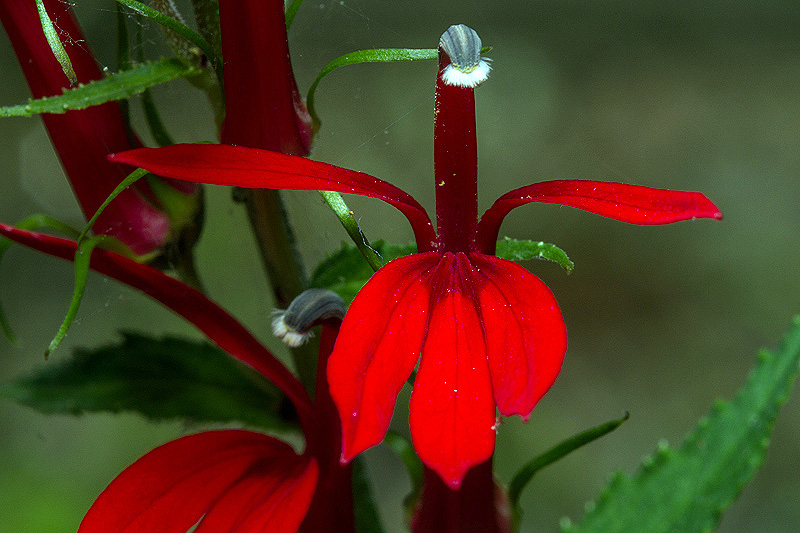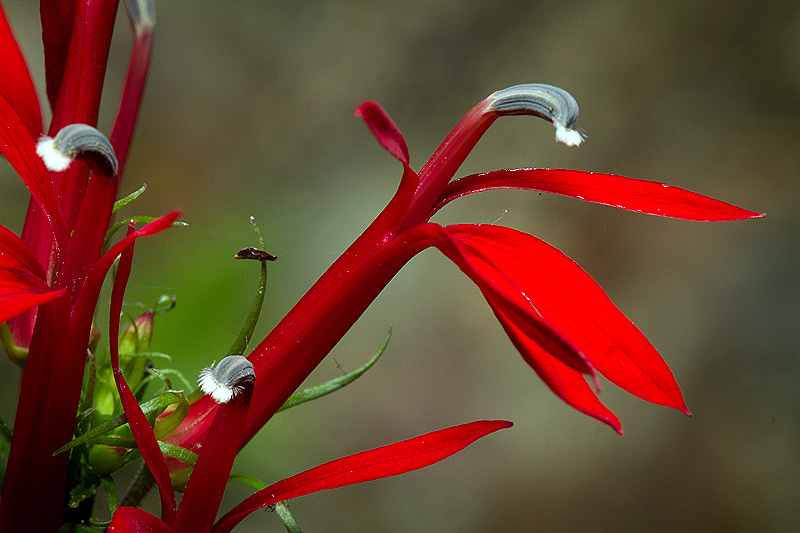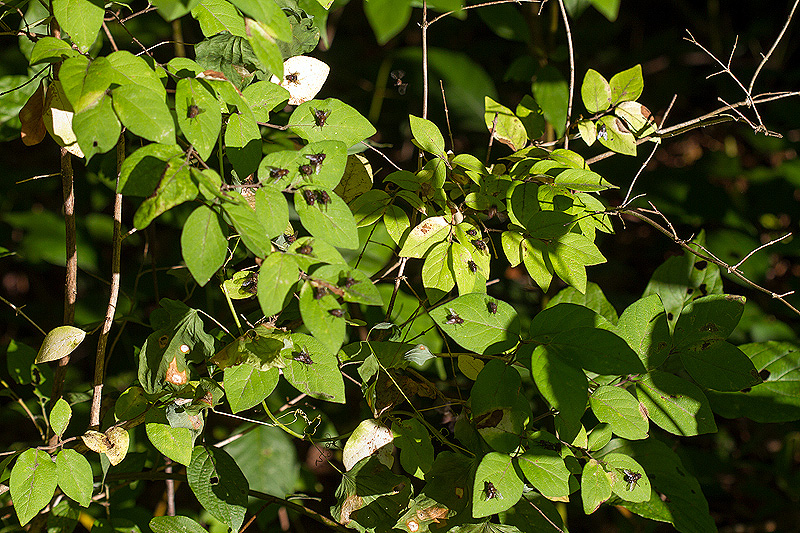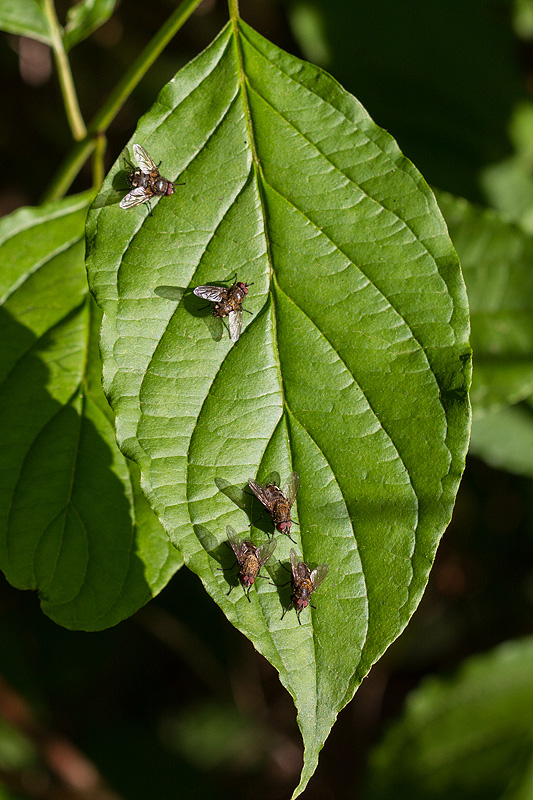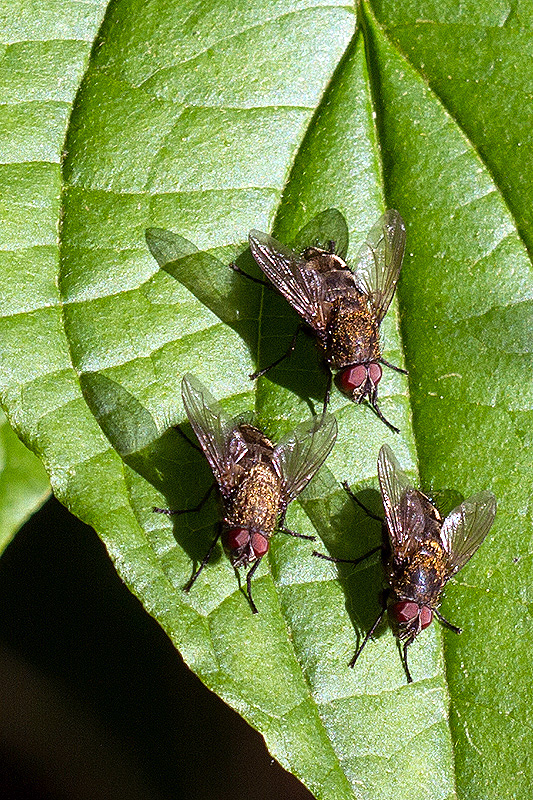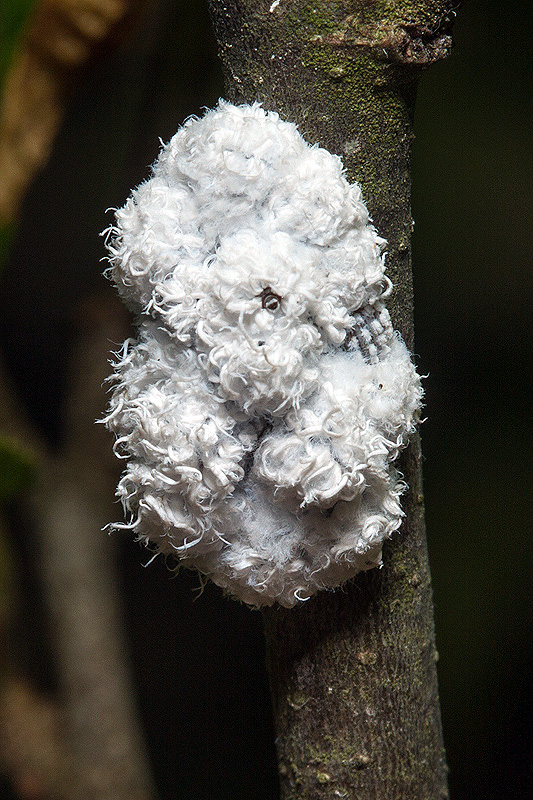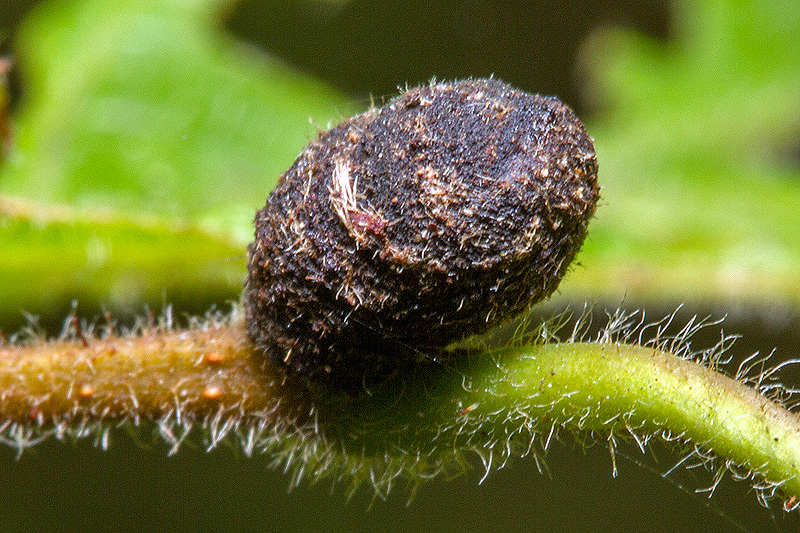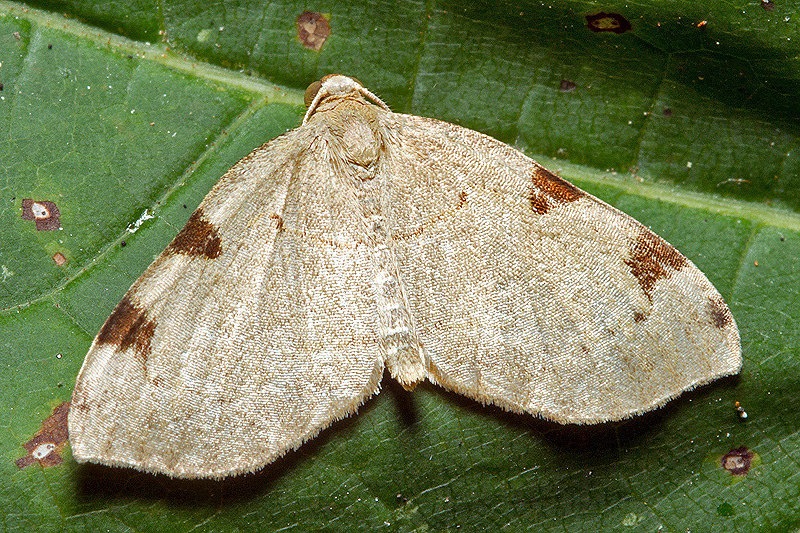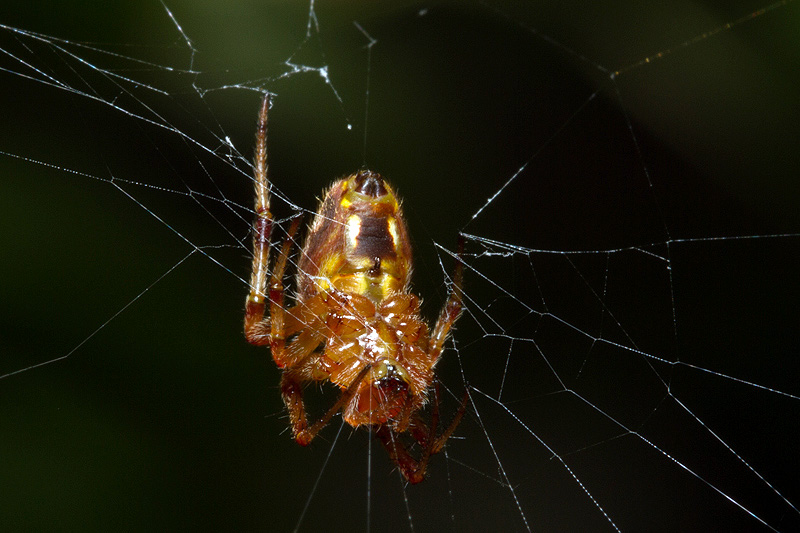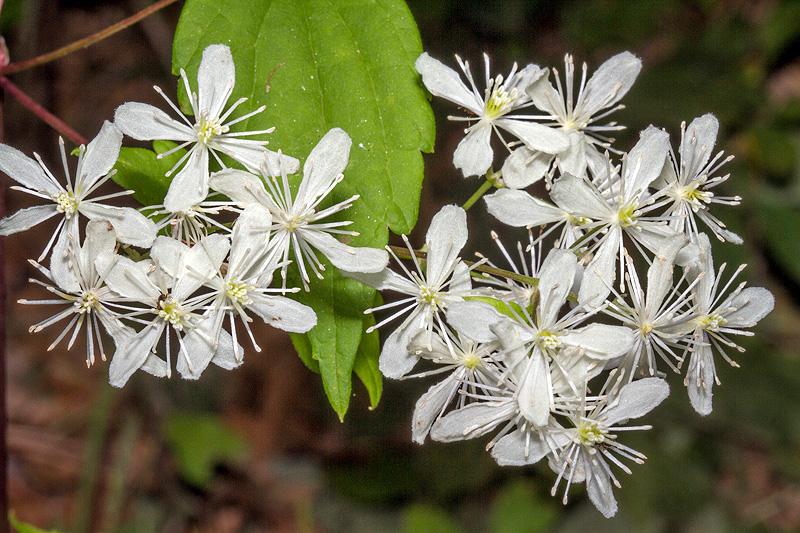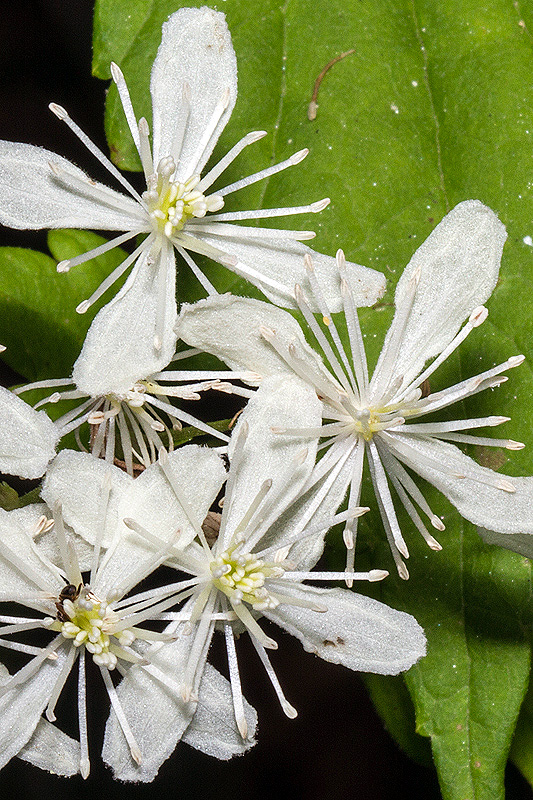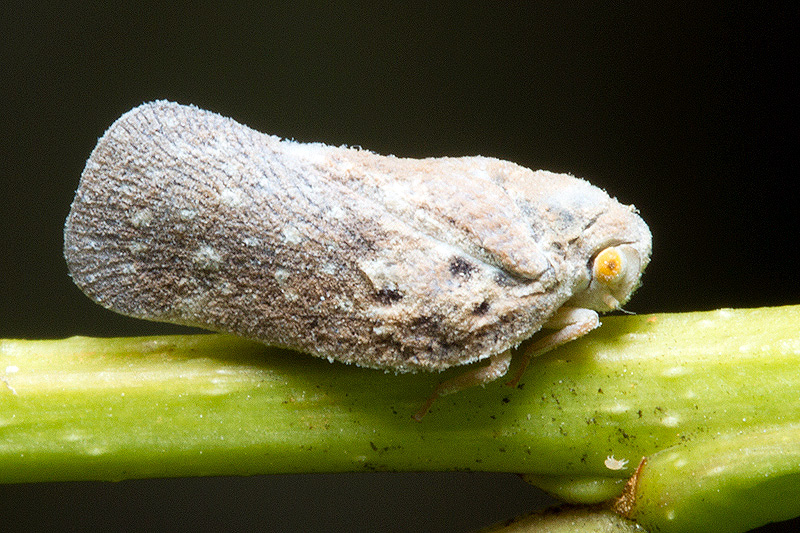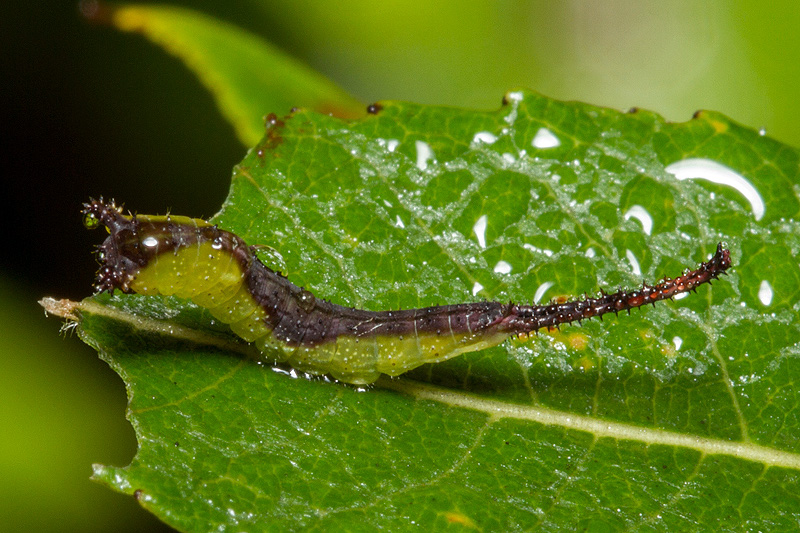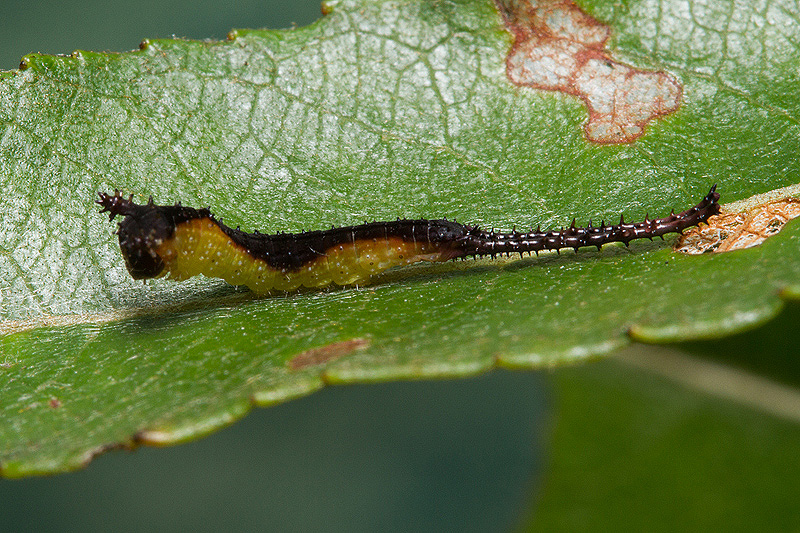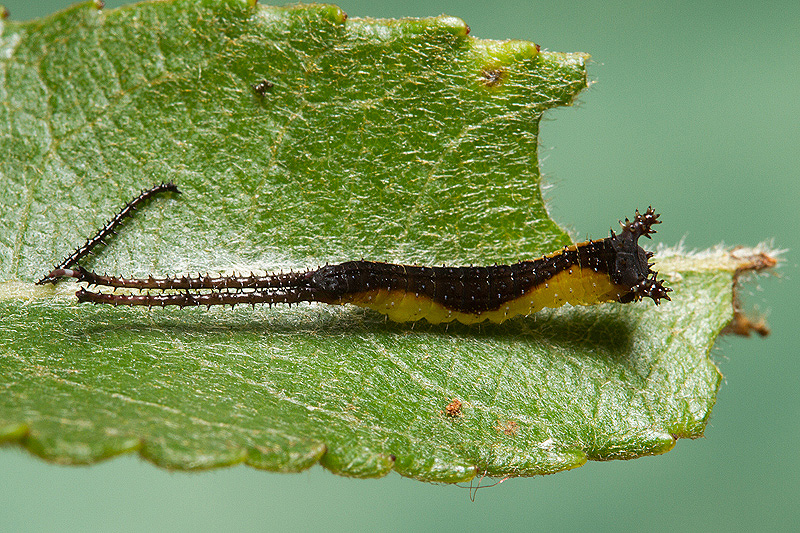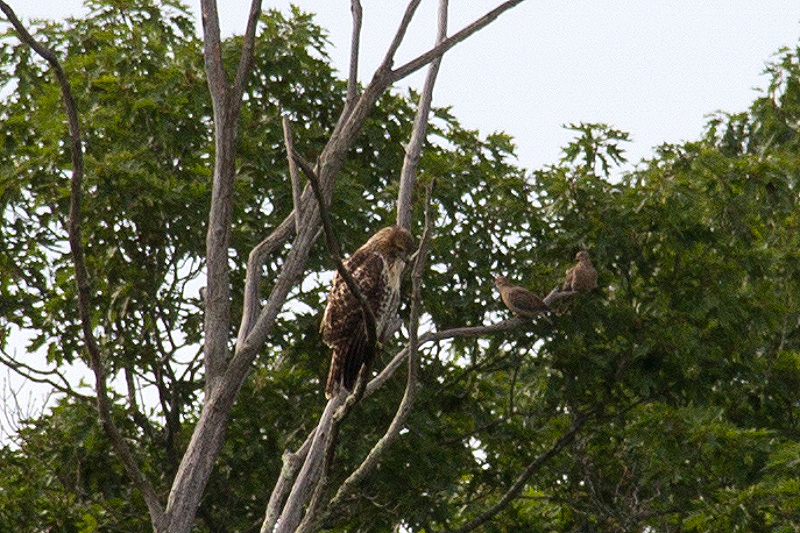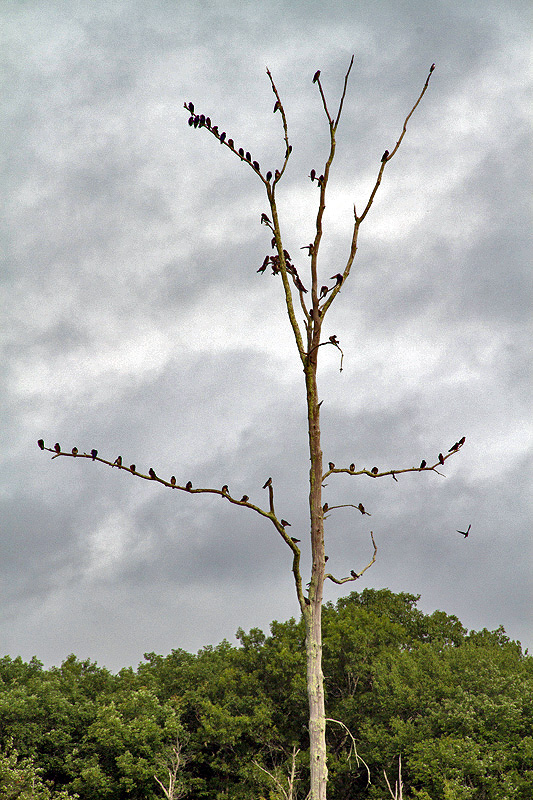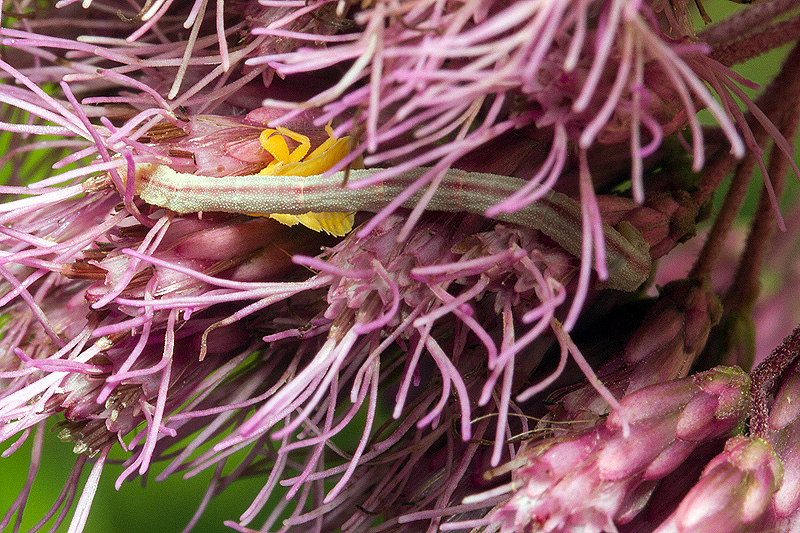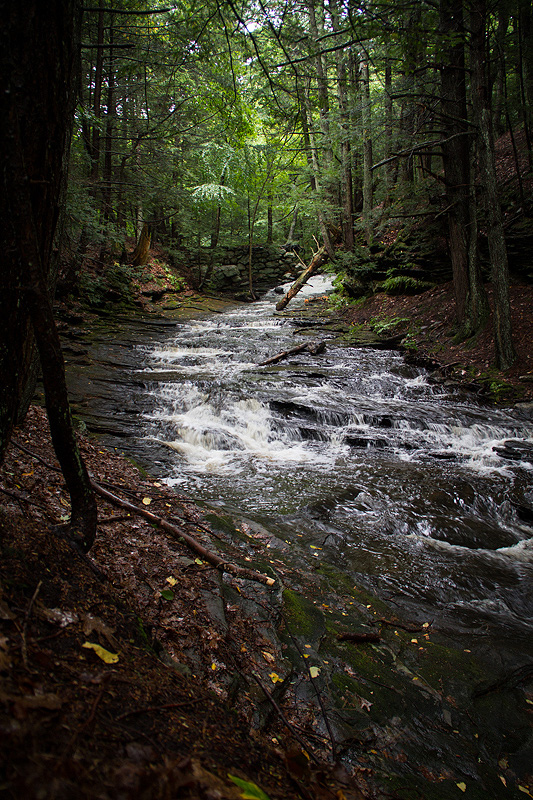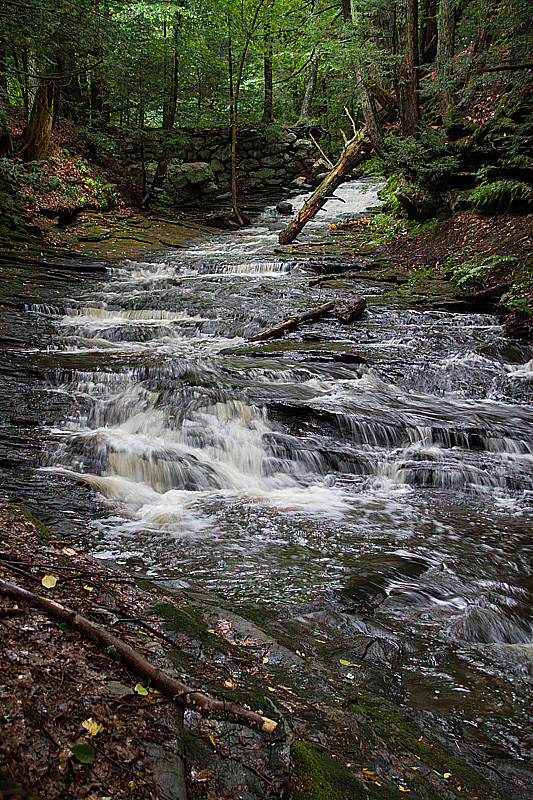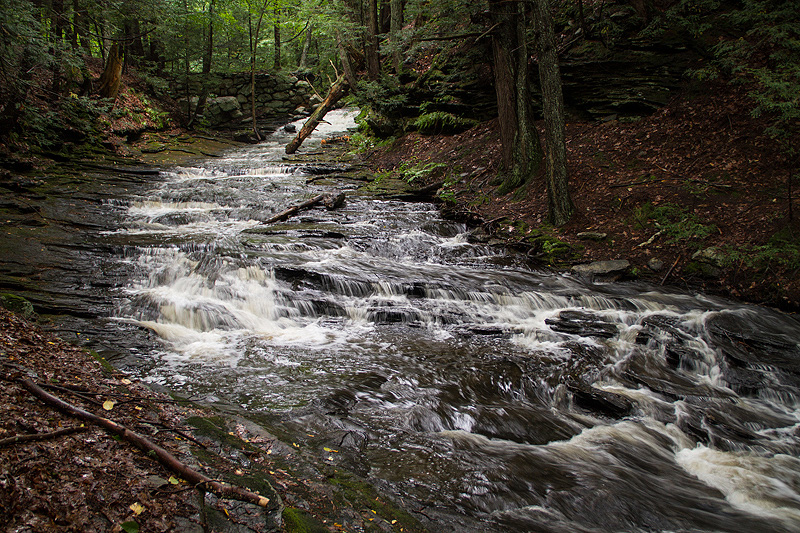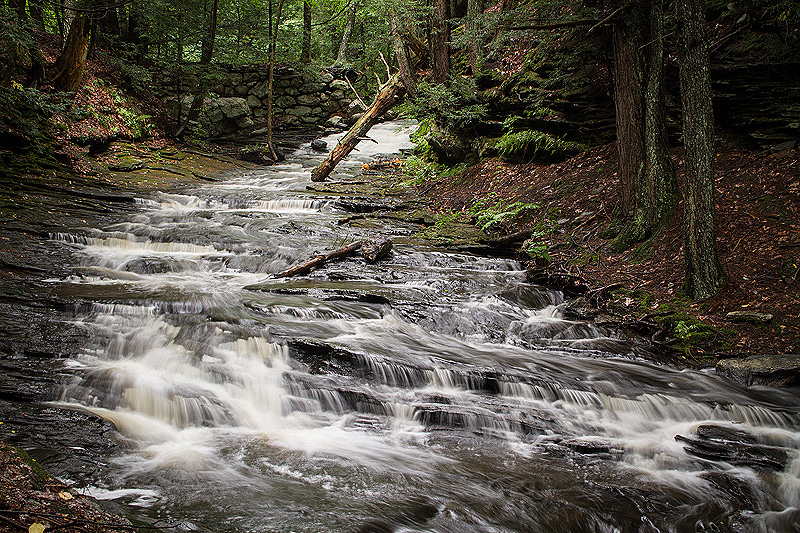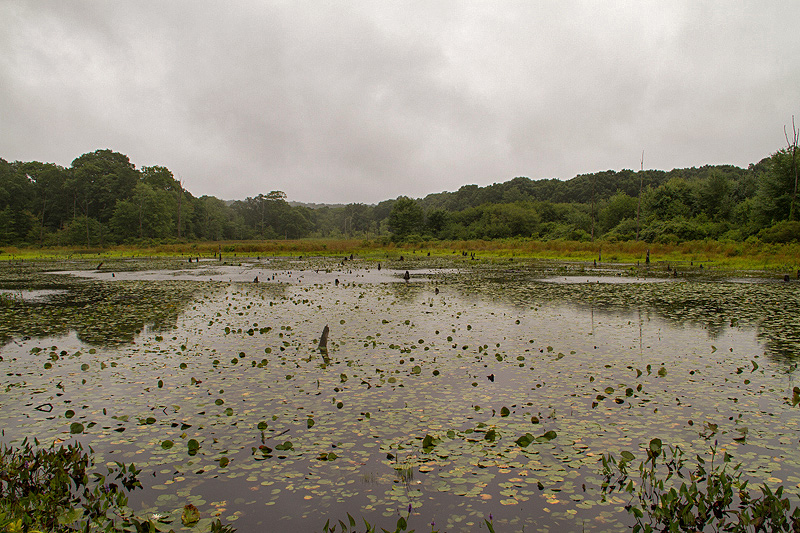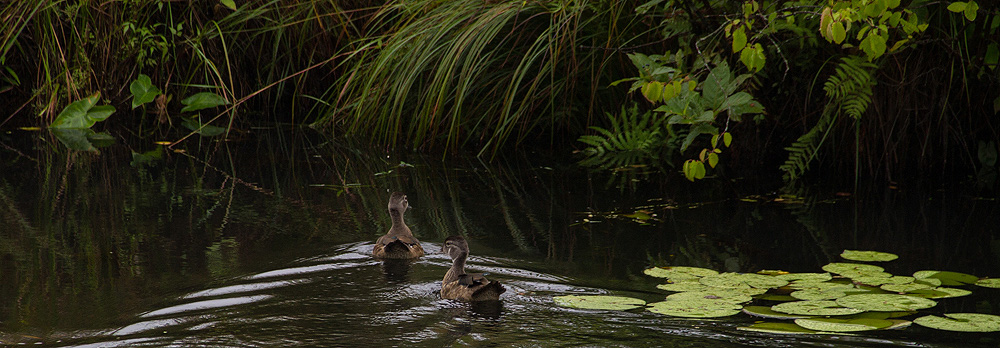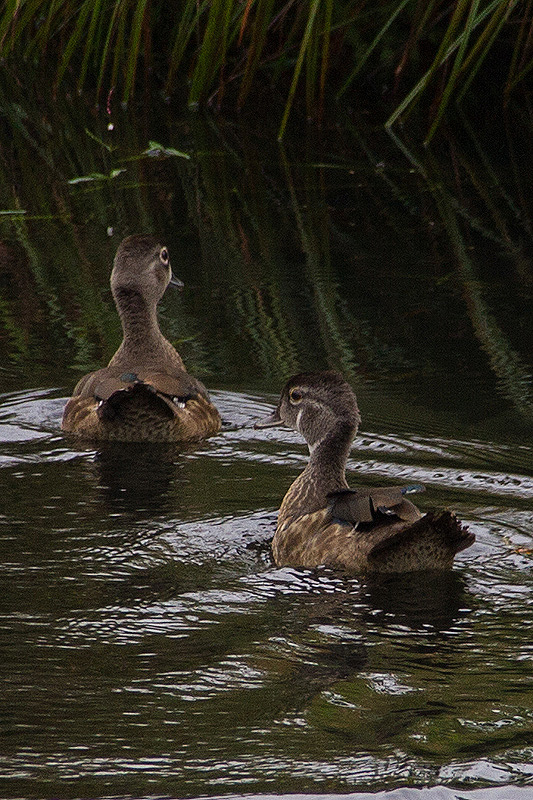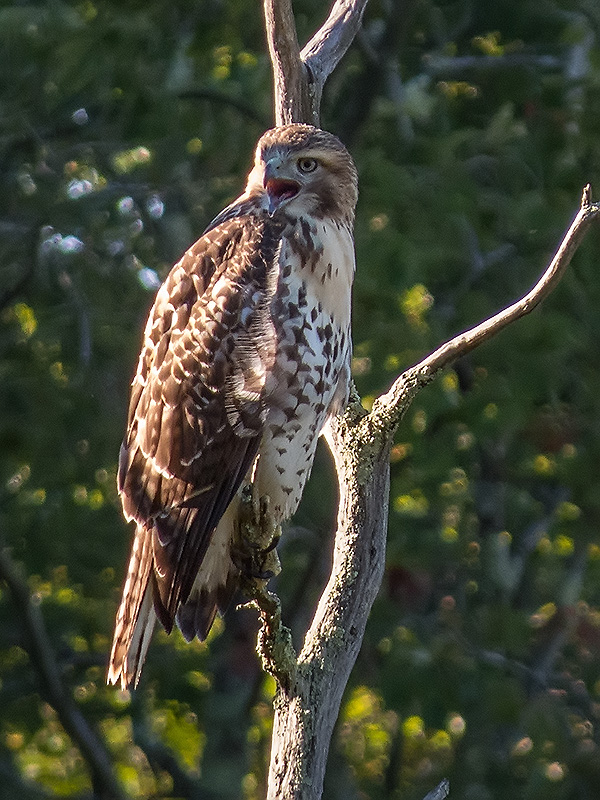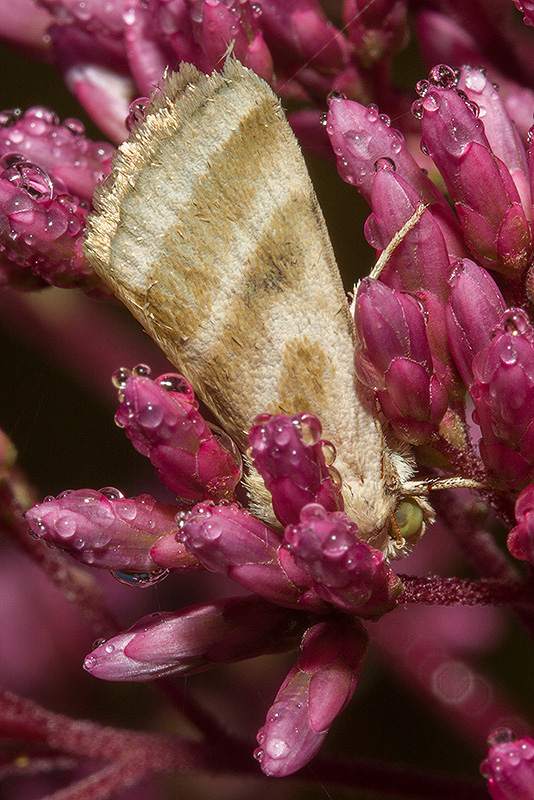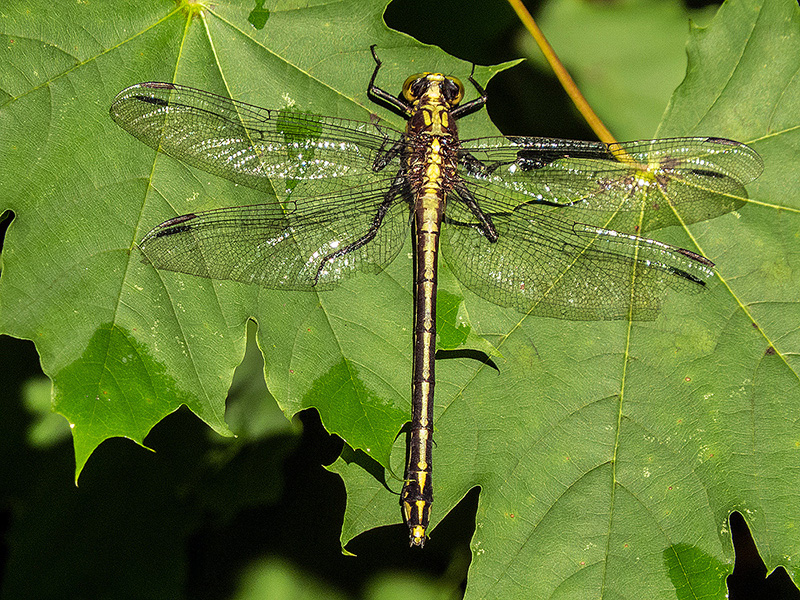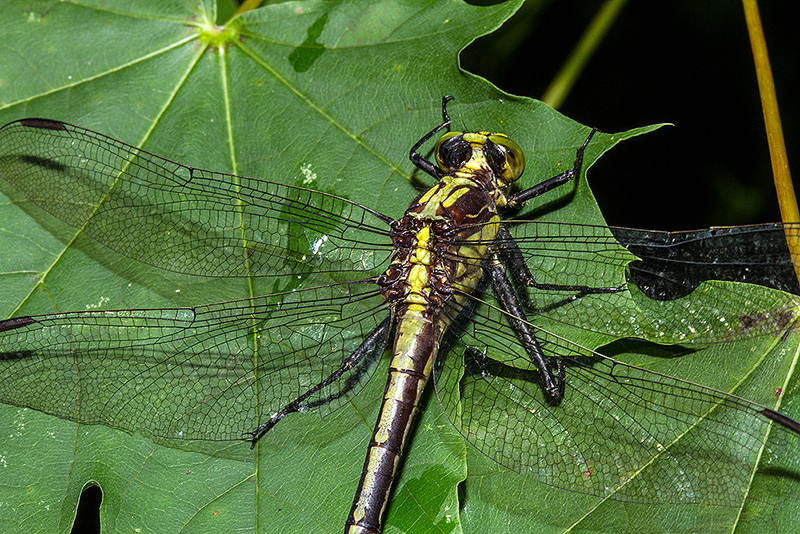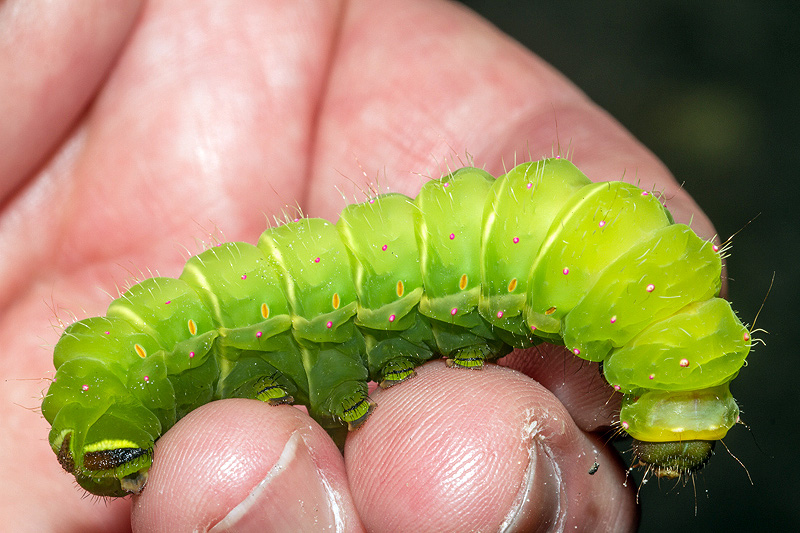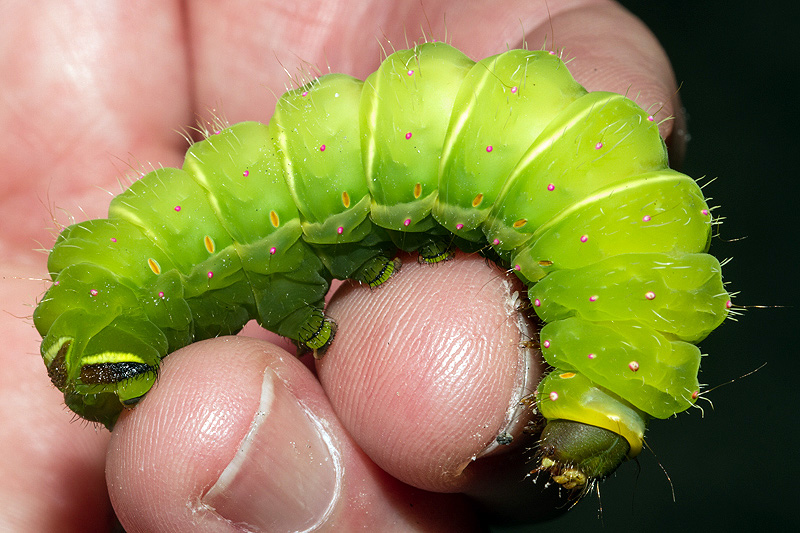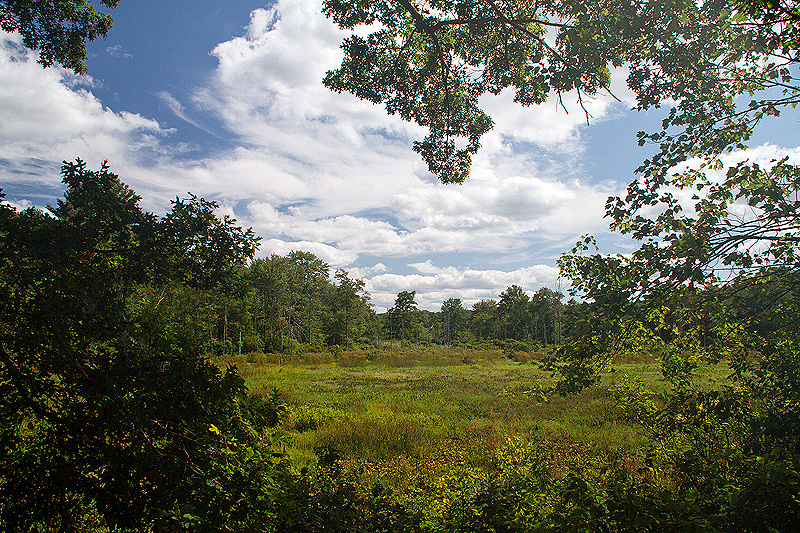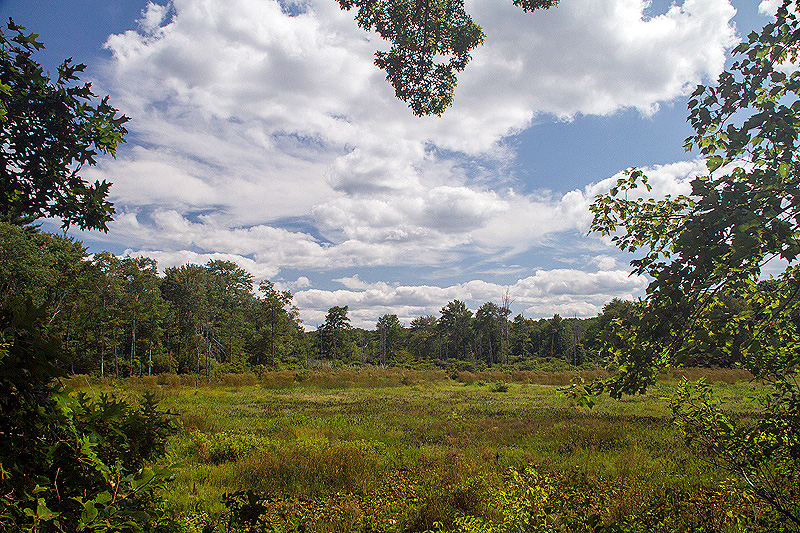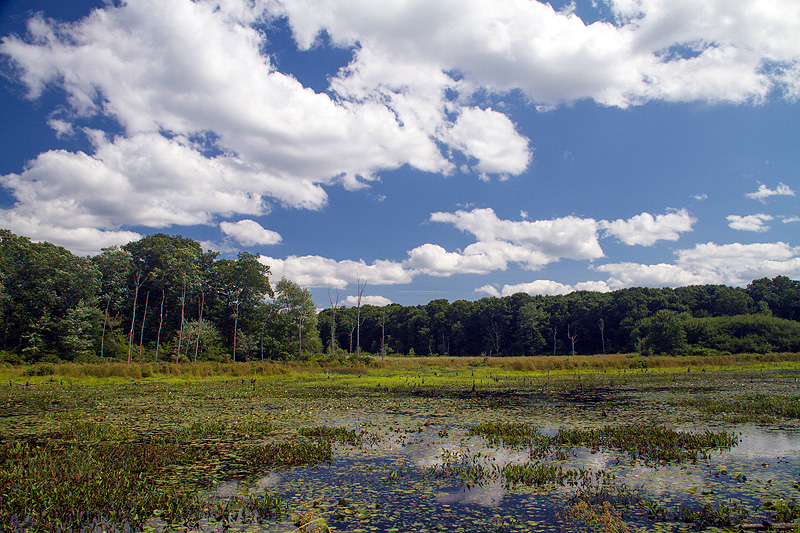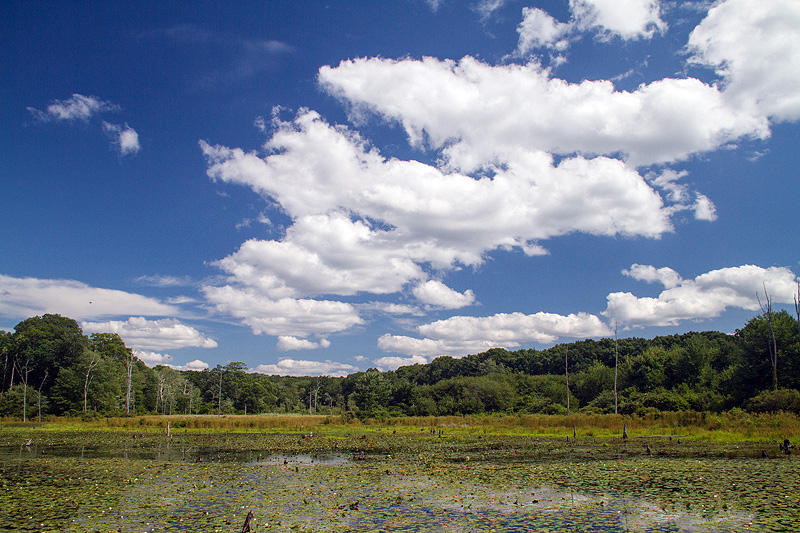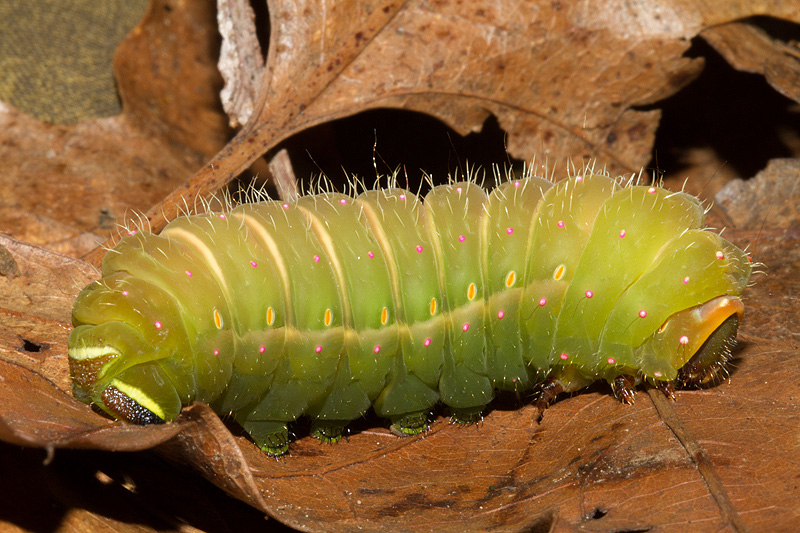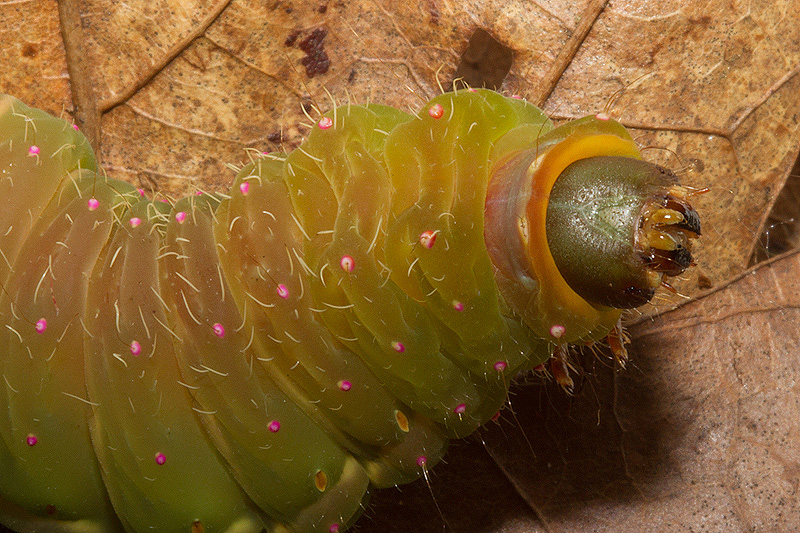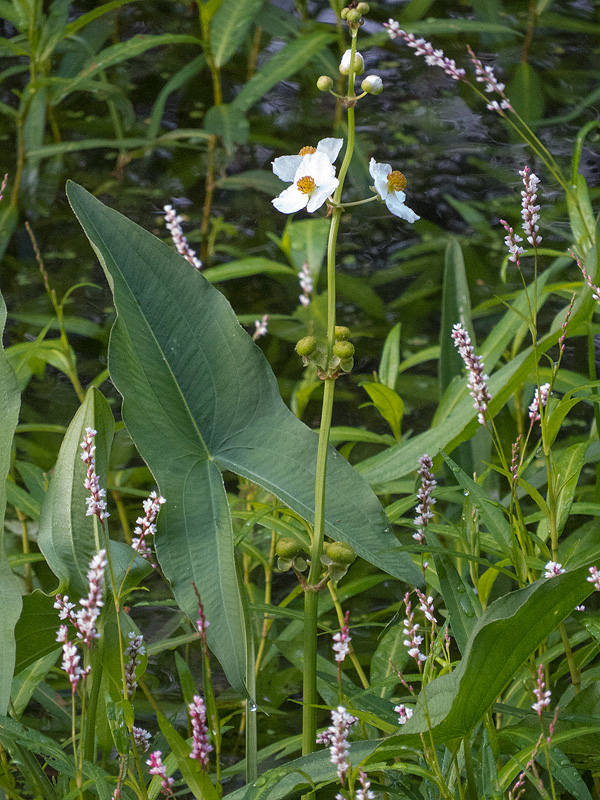Along the Air Line... 2014 - Summer, Part 5 The Air Line Trail in Eastern Connecticut - Stan Malcolm Photos |
mHome Page Stan's FlickR Albums |
August 6th. Round-headed Bush-clover (Lespedeza capitata). |
Flowers are small and don't seem to stay open long. |
Bumblebees (Family Bombidae) like it. |
Bumblebees like Goldenrod too. |
|
White-tailed Deer (Odocoileus virginianus). Hard to be sure, but I think I saw antler buds. |
Who is "Weed"? And where did he get the idea that it was okay to spray his nickname on a decaying trunk far across the marsh? |
A Flatid Planthopper (Family Flatidae). |
August 9th. A few plants of Cardinal Flower (Lobelia cardinalis) still survive at the marsh exit stream (currently dry). Other plants are crowding it out. |
|
Woodland Sunflower (Helianthus divaricatus). |
The Smartweed Caterpillar (Acronicta oblinita) found and photographed on August 4th has grown substantially.. |
The unknown Prominents on Willow have grown slightly, and molted as evidenced by the shed head capsule above and elongate anal prolegs below. |
Markings are not distinct enough to know what species it is. |
August 10th. More pictures of the Cardinal Flower (Lobelia cardinalis). |
|
|
The annual aggregation of male Pollenia labialis, a Calliphorid Blowfly. Its maggots are likely to be parasitic on earthworms. Each summer the males gather on a sunny stretch of Morrow's Honeysuckle near Old Colchester Road. There they compete for the best spots (however they define that) to fly up and attempt to capture and mate with any female that approaches. |
|
Males' eyes meet at the top of the head. Females (none in this photo) have a gap between the eyes. |
Wooly Alder Aphids (Prociphilus tessallatus) gather under the protection of white waxy strands secreted through glands on their abdomens. |
Case-bearing larva of a leaf-beetle (Family Chrysomelidae, Sub-family Cryptocephalinae). This one was on Alder. I've also seen them on Sweet Fern. The protective case is made of fecal material and plant debris. It extends only the tips of its legs to walk along. |
Speranza sp. - its caterepillar is an inchworm (Family Geometridae). |
An orb-weaver; probably the Barn Spider (Neoscona crucifera). |
August 11th. A bud of New York Ironweed (Vernonia noveboracensis). |
Virgin's-bower (Clematis virginiana). |
|
Another Flatid Planthopper (Family Flatidae). |
More unknown Prominents on the trail, covered with dew and an instar more mature than those I've been rearing. Looking more like Black-edged Prominents (Cerura scitiscripta), but another molt or more needed to be sure. |
|
More photos, after the dew dried. |
This one had just molted as the shed anal proleg confirms. |
|
The earlier instar of the same species. |
A very early instar of another species. Note the banded anal prolegs. I might have guessed it to be the White Furcula (Furcula borealis) except that it was on Willow, not Cherry. Hopefully, time and growth will tell. |
August 12th. One of two hawks that sits far across the marsh, calling. Maybe a young bird hoping to be fed? Note the two Doves beside it, unconcerned. Based on the call and light banding on the tail, I think it is an immature Red-tailed Hawk (Buteo jamaicensis). |
Tree Swallows routinely gather on this dead tree. |
On Joe-Pye-weed, a Looper caterpillar (Family Geometridae) crosses the path of an immature Ambush Bug, apparently without incident. |
August 13th. Grayville Falls after a night and morning of heavy rain. It had been nearly dry, though after so much rain I expected it to be flowing even more than this. |
|
|
|
Water to refresh Raymond Brook Marsh, but again, not as much as I'd hoped for. |
Two "teenaged" male Wood Ducks (Aix sponsa) head for shelter at my approach. |
I also heard but, not surprisingly, couldn't locate a number of calling Grey Tree Frogs. |
August 14th. A better view of the hawk I've seen recently at Raymond Brook Marsh. |
Based on apopearance and call, CT Audubon's Kasha Breau confirms it as an immature Red-Tailed Hawk (Buteo jamaicensis). Listen to the vedeo below. |
|
Three-lined Flower Moth (Schinia trifascia). The larvae feed on Joe-Pye-weed where this adult was found. |
This appears to be a female Black-shouldered Spinyleg dragonfly (Dromogomphus spinosus), sunning to warm up. |
|
Another trail visit in mid afternoon. I found this Luna Moth (Actias luna) crossing the trail in woods not far from the Route 85 trailhead. |
Having failed to bring a container with me, I juggled it in my hands as it walked and I took pictures. |
What a difference a day makes. The marsh looks refreshed and a pretty summer sky. |
(Imagine me juggling the camera, changing lenses and settings, with a caterpillar crawling on my shooting hand.) |
|
|
By the time I got back to my truck, the caterpillar had changed color and settled down. In fact, it had started spinning a cocoon within my hand. I brought it home and gave it a more suitable substrate. |
(Note, I found another luna caterpillar at almost the same spot on August 8th, 2011.) |
August 15th. Broad-leaved Arrowhead (Sagittaria latifolia) near the marsh exit "stream" (it's virtually dry).The tiny pink flowers are a Smartweed (Polygonum sp.). |
